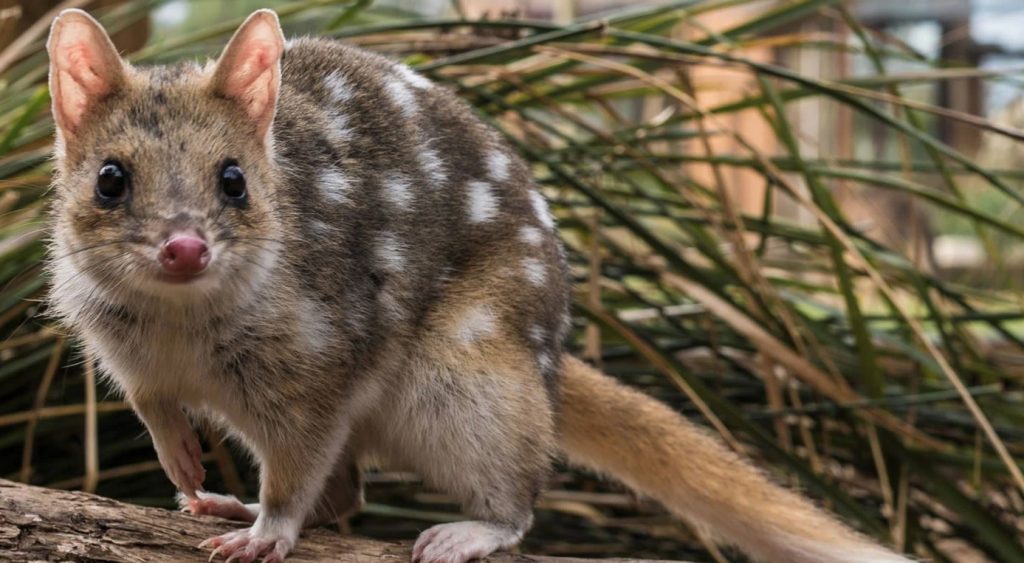Interesting times for small mammal trials on the mainland… and where does Mount Vandyke fit in?
While the Mt Vandyke land purchase fundraiser is already in full swing (click here to see the latest update), I am now pleased to report that (as of last week) NGT’s project team – led by our ecological experts Leah Kemp and Rose Thompson – have just kicked off the all-important and complex job of starting to plan the finer details for how the project will be implemented over the next few years. As previously shared in the NGT newsletter, the project has been given a huge boost thanks to funding provided for the next 12 months by the Australian Government, via the Bushfire Recovery for Wildlife and Habitat Community Grants Program.
Not only is this funding helping to cover the cost of the new feral proof fence at Mt Vandyke, and to kick start the feral eradication process, but it will help us invest the time required to thoroughly plan and finalise the design, sequence, timing and pre-requisites for the future reintroduction and conservation project.

It is worth noting that because our site and project goals are a little different to most other fenced enclosures on the mainland, we have a lot of really interesting ecological issues to work through. For example, our site is small and in addition to what we will seek to achieve inside the fence, the project is intended to complement and/or facilitate conservation outcomes in the vast managed (i.e. fox baited) landscape outside the fence. With this in mind, Leah and Rose have started compiling a long list of questions we’ll be working through both within NGT and with external partners. As this work progresses, we will have more updates in future blogs!
But in the meantime, I thought it would also be worth sharing a few other really interesting things going on at the moment in small mammal recovery and conservation on the mainland that have been in the media of late!
Firstly, have a look at this great little ABC story about the Eastern Barred Bandicoot. The article describes innovative trials to see if Livestock Guardian Dogs (in this case Maremmas) – even if not bonded to bandicoots specifically – can be used as a general deterrent to change introduced predator behaviour and offer a protective effect to our threatened grassland fauna. A little video about the concept by Zoos Victoria from late last year can also be viewed below.
Next up, have a look at this interesting ABC News update on the return of a semi-wild breeding Devil population on the mainland at Barrington Tops. Unfortunately this short article doesn’t delve deeply into the interesting question of the potential ecological function of the Devil as a native apex predator, now that so much of mainland Australia is devoid of the Dingo (the species that likely drove it to extinction). Would they now thrive outside of fences south of the Dog Fence, and help to re-balance mainland ecosystems from the top-down, by successfully competing with, and modifying the behaviour of, foxes and cats?
As you will read in this very interesting further ABC News article about rewilding, Dr Euan Ritchie argues there could be a case for reintroducing the devil to the Australian mainland, because it has only been missing from that environment for around 3,000 years, which he says “ecologically speaking is not actually a long time. And we could think about whether the Tasmanian devil might help us to control things like feral cats. There is some evidence that they deter the behaviour of cats. So, bringing back some of these predators is a really positive thing that we might be able to do for conservation.”
This is a fascinating question that really needs to be tested further, but so far the research coming out of Tasmania in relation to the interaction between devils, feral cats and quolls that Dr Ritchie refers to above is very promising. See the below article for some of this latest research on the trickle-down effects of devils in an ecosystem:
Finally, an interesting ABC News story about efforts to establish the eastern quoll on the mainland both inside, but especially outside of fences. The key challenge faced in this case at Booderee National Park was that they only had a very small founding population, consisting of eastern quolls that were initially naïve (captive bred) and this was not supplemented over time. As already alluded to at the end of the article, this shortcoming could be tested in the future by simply having a secure source population available in a safe haven either close to or embedded in the managed landscape, to supplement the population and increase the statistical probability of ongoing success.

This actually matters a lot because when any population falls below a “critical mass” in terms of numbers, then random or chance events can play a disproportionate role in the outcome – and potentially distort our understanding of what is truly going on. As we look ahead to the possibilities for Mt Vandyke and our project design (thinking both inside and outside of fences), we are fortunate that the Booderee project has already begun exploring a number of issues that will be foremost in our thinking.
This small sample is just the tip of an iceberg of growing interest in the ecology and role of our missing wildlife. The good news is that there are many fantastic organisations working hard to test and trial a range of different and innovative ways to return missing species and – just as importantly – restore their ecological function to our landscapes, both inside and outside of fences. Given the background trajectory of biodiversity decline across our continent and its islands, we really do need to continue to be bold and support all of these different trials in the search for truly sustainable, landscape-scale solutions across Australia.
The project at Mount Vandyke is partly funded for the next 12 months by the Australian Government,
via the Bushfire Recovery for Wildlife and Habitat Community Grants Program.

